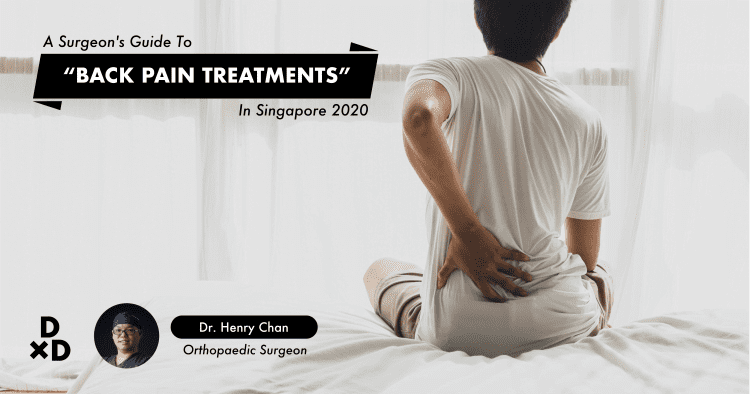
Physical therapy (including physiotherapy) comprises up to 90% of treatment for pain from degenerative disc conditions (most commonly called "slipped disc" in layman's term).
Degenerative discs result from natural ageing "wear and tear" of the disc materials in between our spinal bones (vertebral bodies) as we load our spine with physical activities and/or prolonged postures day after day. And as we age, all these combine to gradually wear out our disc material resulting in "collapsing" and "bulging" of the disc, seen as a degenerated disc (or "slipped disc") in your MRI scan (but not X-ray) in 90% of patients.
Normal loading on a degenerated "tightened" disc may generate abnormally high pressure, irritating your spinal nerve next to the disc, leading to either discogenic pain in your back and/or neurogenic sciatica pain in your leg or arm (may include numbness and weakness).

All forms of physical therapy (including physiotherapy) use gradual repeated mechanical stretching to your neck or back to slowly "loosen" and reduce the high-pressure build-up of the disc usually over 6 weeks, leading to pain improvement with time. Further, later sessions of posture correcting and core strengthening exercises help to slow down the "wear and tear" in the long term.
Unfortunately, if the degenerated disc has further worsened in your MRI, compressing spinal cord or nerve (about 10% of patients necessitating surgery), physiotherapy will not help and may even worsen your condition further, hence the importance of seeking medical advice from your doctor before commencing any treatment on your own.




